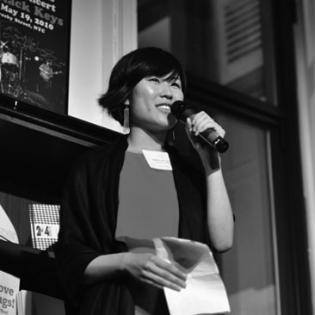Jaime-Jin Lewis is the Executive Director of Border Crossers. In this essay, she explores why it's useful and important to teach children about race, racism, and mixed heritage and she offers some advice for how to approach these conversations.
I was five when I came home from school crying to my parents that I wanted to be white. At a school that was composed almost exclusively of white and black students in Charlottesville, Virginia, I quickly learned that race played an unspoken and pervasively influential role in the classroom. I observed that children who looked or were perceived as white received privileges that students who looked black did not. And, the absence of race from conversation and curriculum – the colormuteness of adults – only reinforced an unequal racial binary that excluded me altogether.
I was not white or black. I was Asian-American, adopted and shy. I was experiencing the world in my Korean body, while having exclusively the cultural experience of my white family. As I got older, I continued to wrestle with my identity as a mixed-heritage person, asking, “What defines racial groups?” “What group do I belong to?” “Can I belong to more than one group?” and “Can I define myself on my own terms?”


